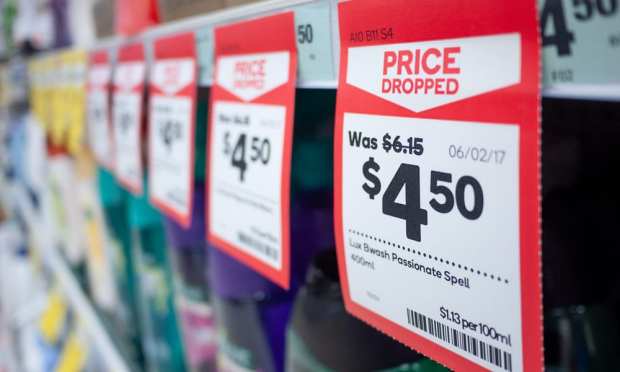BLS: Consumer Price Index Fell In May

With the COVID-19 pandemic underway, consumer prices fell last month, led by drops in prices for motor vehicle insurance, energy and apparel.
These price drops, reported by the U.S. Bureau of Labor Statistics (BLS) are in line with what has been going on all over America. Consumers were not out shopping for clothes, since most retailers were closed. And who needs gas when you’re not commuting? And why pay more for insurance when you’re driving much less?
The BLS said the Consumer Price Index for urban consumers fell by 0.1 percent in May (on a seasonally adjusted basis) after falling 0.8 percent in April. Offsetting decreases in other areas were increases in both the shelter and food indexes, in part due to the “food at home” index heating up.
The gasoline index fell 3.5 percent in May after falling 21 percent in April.
Meanwhile, the index for all items — minus food and energy — fell 0.1 percent in May, its third consecutive monthly decline. “This is the first time this index has ever declined in three consecutive months,” the BLS reported.
The BLS added that: “Along with motor vehicle insurance and apparel, the indexes for airline fares and used cars and trucks declined in May. The indexes for shelter, recreation, medical care, household furnishings and operations, and new vehicles all increased.”
As reported by PYMNTS, April was marked by even bigger price drops. — the largest monthly decline since December of 2008. The BLS said the Consumer Price Index, a measure of the change in the prices of goods and services, dropped 0.8 percent in April on a seasonally adjusted basis.
The biggest change was a decline in gas prices of 21 percent. In contrast, the cost of food posted its largest monthly increase since 1974.
The Consumer Price Index is based on prices of food, clothing, shelter, fuels, transportation, doctors’ and dentists’ services, drugs, and other goods and services that people buy. Prices are collected each month in 75 cities nationwide from about 6,000 homes and 22,000 department stores, supermarkets, hospitals and gas stations.
